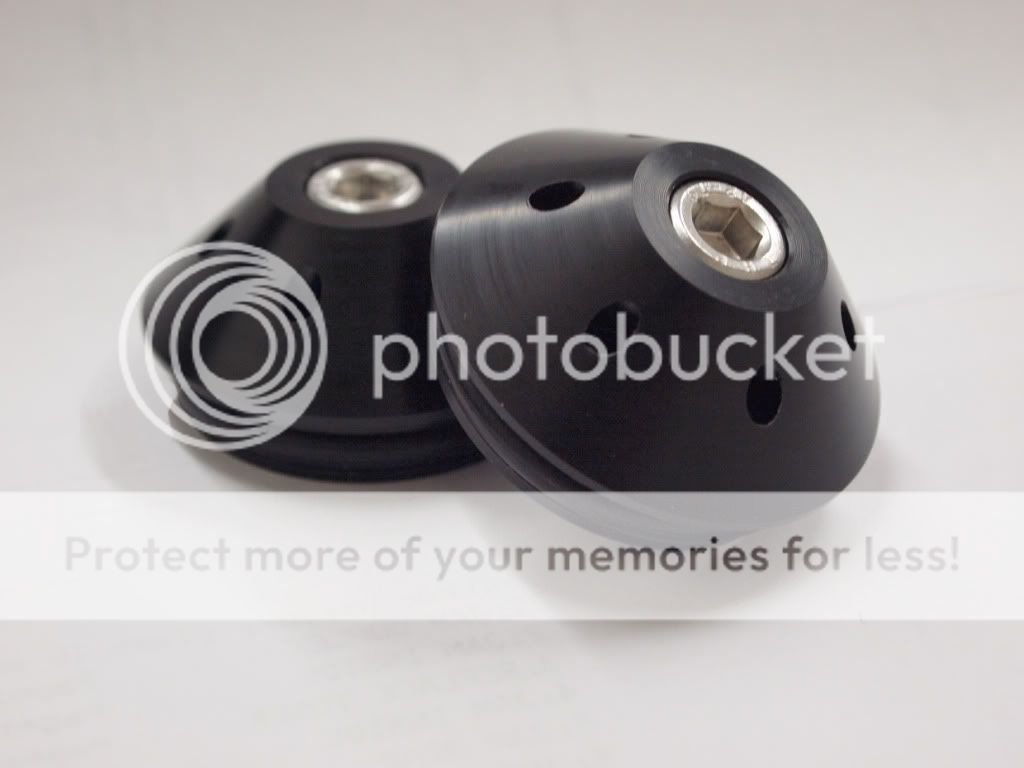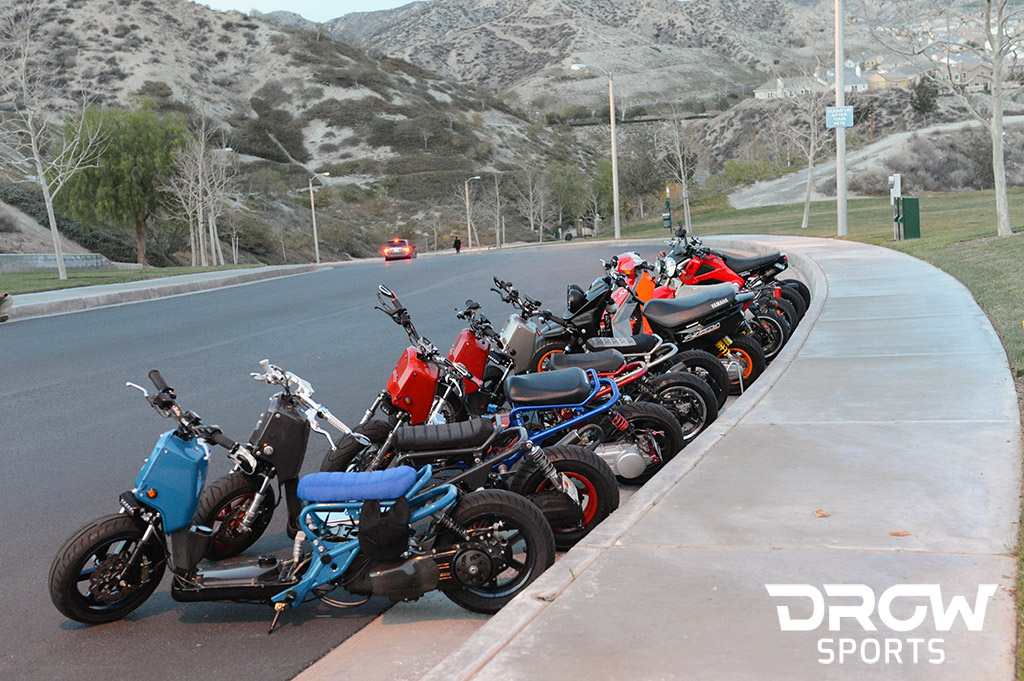Table of Contents
Searching for Materials…
We are constantly looking new, exciting, innovative products for our customers here at DROWSports. We are also constantly looking for inexpensive, but high-quality materials to offer you as well! Today, I want to talk about a product we are looking into here at the mid-point of 2012, Delrin. What is it? Why would we use it? What Honda Ruckus, Yamaha Zuma, or GY6 Parts will we make with it? I’ll answer those questions and a bit more in this blog!
Delrin The Future
Before I can discuss why we are looking towards Delrin, I need to explain what it is. Delrin’s actually the DuPont branded name for Polyoxymethylene or POM. POM is a type of thermoplastic, which is a polymer that becomes soft and moldable above a certain heat and becomes hard again after cooling. Delrin, as mentioned before, is the DuPont branded name for POM, but it also goes by many others. It was researched in the 1920s by Hermann Staudinger, a German chemist, who was also awarded the Nobel Prize in Chemistry for POM. It was not stable enough for commercialization until 1960, after which, DuPont gave it the commercial name of Delrin.
Why Delrin?
What makes Delrin such a great material is that it can be machined just as our aluminum parts can be. It actually makes working with the tools easier because there is much less wear and stress on the equipment. It’s also a great material because of its abrasion resistance and high heat resistance. Delrin melts between 165-175 degrees Celsius (or 329-347 degrees Fahrenheit) and it also has a low coefficient of friction, meaning it won’t grab on a material right away. That low coefficient friction and abrasion resistance make it perfect for frame sliders and low-hanging foot pegs!

What is it?
However, what Delrin it difficult as a material is its bonding as you can’t just take some super glue and slap two pieces of Delrin together. There are treatments that can improve this, which usually involve etching the material by chemical, flame, or mechanical abrasion. Once treated, the shear strength (or the pulling of the two materials in opposite directions) has been shown to be 150-500psi on mechanically abraded surfaces and 500-1000psi on chemically treated surfaces.
This is a future material we are looking at using for our customers, no matter if it is accessories for your Honda Ruckus scooter or similar. It’s low material and manufacturing costs, low coefficient of friction, and high abrasion resistance makes it the perfect material for all our DROWSports Customers. Look for it soon!

